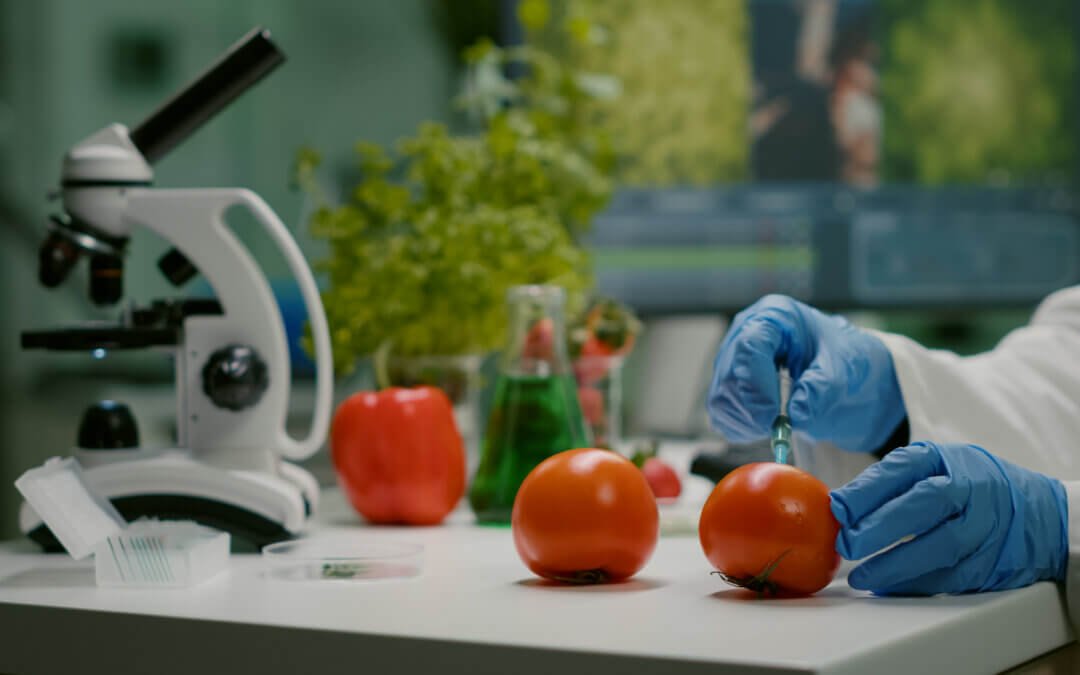This blog unpacks the science behind irradiation and how it’s shaping the future of food preservation and safety.
Preserving food safely and effectively has always been a challenge, especially with rising global demand and limited storage resources. Among the many technologies developed over the years, irradiation for food preservation has steadily gained attention for its ability to extend shelf life, reduce spoilage, and maintain food quality without relying on chemicals or extreme temperatures. While the idea of exposing food to radiation might raise questions at first, the science behind the process reveals a method that is both precise and highly regulated. This blog takes a closer look at how food irradiation works, the science that supports it, and what it means for the future of food preservation.
What is Food Irradiation?
At its core, food irradiation is a method of treating food with controlled doses of ionizing radiation, usually gamma rays, X-rays, or electron beams. The goal is to eliminate harmful microorganisms, delay ripening, and reduce the risk of spoilage without affecting the taste, texture, or appearance of the food. Unlike heat-based techniques, irradiation is a cold process, which means foods retain their raw characteristics while gaining a longer shelf life.
This process doesn’t make food radioactive. Instead, it breaks down the DNA of bacteria, insects, and molds, preventing them from growing or reproducing. Regulatory bodies like the FDA, WHO, and IAEA endorse irradiation as a safe and effective solution for improving food safety and reducing post-harvest losses across the supply chain.
The Science Behind It
To understand how irradiation helps in food preservation, it‘s important to look at the mechanism. Ionizing radiation penetrates food and interacts with molecules—particularly the DNA of microorganisms. This interaction either kills the pathogens outright or renders them incapable of multiplying. These effects occur through two pathways: direct damage to genetic material or indirect effects via the formation of free radicals that disrupt cellular function.
Different types of food require different radiation doses, categorized into three types:
- Radurization: reduces spoilage-causing organisms
- Radicidation: targets non-spore-forming pathogens like Salmonella
- Radappertization: sterilizes food, mainly used for military or space rations
This precision makes irradiation highly versatile and useful across a wide range of food types, from fresh fruits and vegetables to spices, seafood, and meats. It’s not just about preservation—it’s about smart, targeted food safety techniques.
Benefits for Food Safety and Shelf Life
Irradiation offers several practical advantages for both producers and consumers. Here’s a breakdown of the key benefits:
- One of the key benefits of food irradiation is its ability to reduce pathogens like E. coli, Salmonella, and Listeria without altering the product itself. This makes it an ideal method for high-risk foods such as poultry, seafood, and leafy greens.
- Unlike chemical fumigation or high-heat treatments, irradiation leaves no residue, no off-flavors, and no need for additives.
- In addition, it plays a crucial role in food storage and preservation by slowing down spoilage and preventing insect infestation.
- For exporters and food processors, this increases the distribution window and can decrease waste due to spoilage occurring before it has been distributed.
- Consumers also benefit from irradiated foods that are safer, with longer shelf life or refrigerator life, which helps reduce the burden of foodborne illness.
In a worldwide food system where safety, freshness, and logistics mean much more now than they ever have, irradiation offers a balanced and science-backed solution.
Challenges and Considerations
Despite its many advantages, irradiation for food preservation isn’t without its limitations. Some considerations are:
- One of the biggest concerns lies in dosage control—too little, and pathogens survive; too much, and the food’s texture or nutrients may be affected.
- While macronutrients like proteins and fats remain largely unchanged, certain vitamins—especially A, C, and B1—can degrade slightly, though not more than what typically occurs with other preservation methods like canning or blanching.
- Then there’s public perception. The word “radiation” is often scary even when it’s done in a safe scientifically proven way under a massively regulated environment.
- This causes some customers, depending on the product, to have doubts about the product, which can be a barrier to market adoption.
- On an operational level, building and maintaining an irradiation plant comes with significant infrastructure costs, as well as all of the mandatory safety protocols.
While all this can be addressed at a reasonable level, it should be considered before large-scale implementation.
The Future of Food Preservation
As global supply chains expand and climate-related disruptions increase, the need for resilient food preservation methods becomes more urgent. Irradiation is poised to play a bigger role in the future. With advancements in technology and growing recognition from international health bodies, it’s gradually becoming a mainstream solution—particularly for countries seeking to reduce food waste, maintain hygiene standards, and improve export quality.
Newer, more energy-efficient systems are also emerging, making technology more accessible and eco-friendlier. As research continues to fine-tune its applications, we’re likely to see wider adoption across supermarkets, logistics hubs, and food processing units. In a world where safety, sustainability, and shelf life all matter, irradiation checks all the right boxes.
Why Irradiation Matters Today
As food systems grow more complex, finding reliable ways to keep food safe and fresh has become a practical need, not just an industry goal. Irradiation for food preservation combines science, precision, and practicality to deliver exactly what is best for food preservation. From reducing pathogens to extending freshness without altering taste or appearance, it stands out as a reliable alternative to conventional methods.
As more industries recognize its value, working with experts who understand both the science and the infrastructure behind food irradiation is key. Symec Engineers, with its domain expertise and experience in setting up turnkey irradiation systems, it continues to support the industry in adopting safer, more efficient, and globally compliant food processing solutions.

